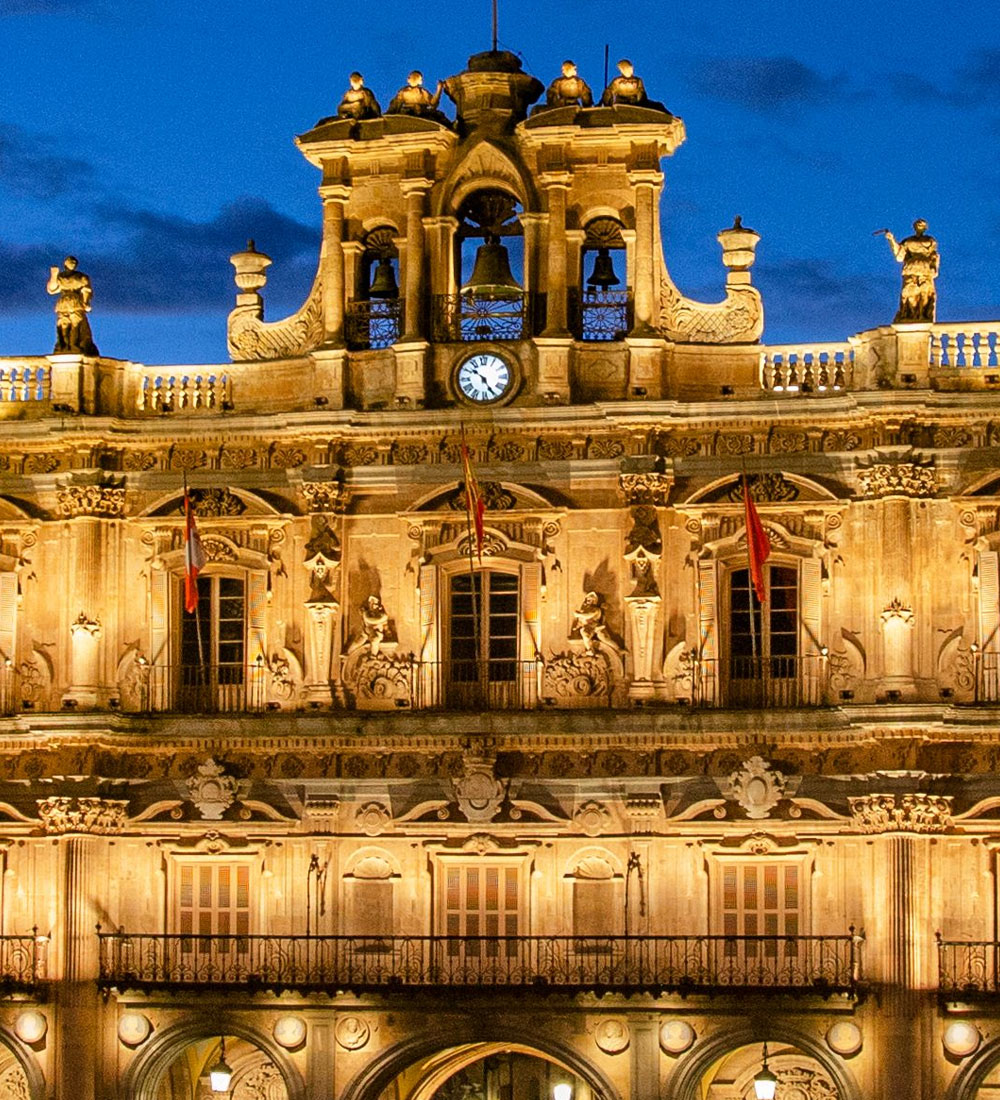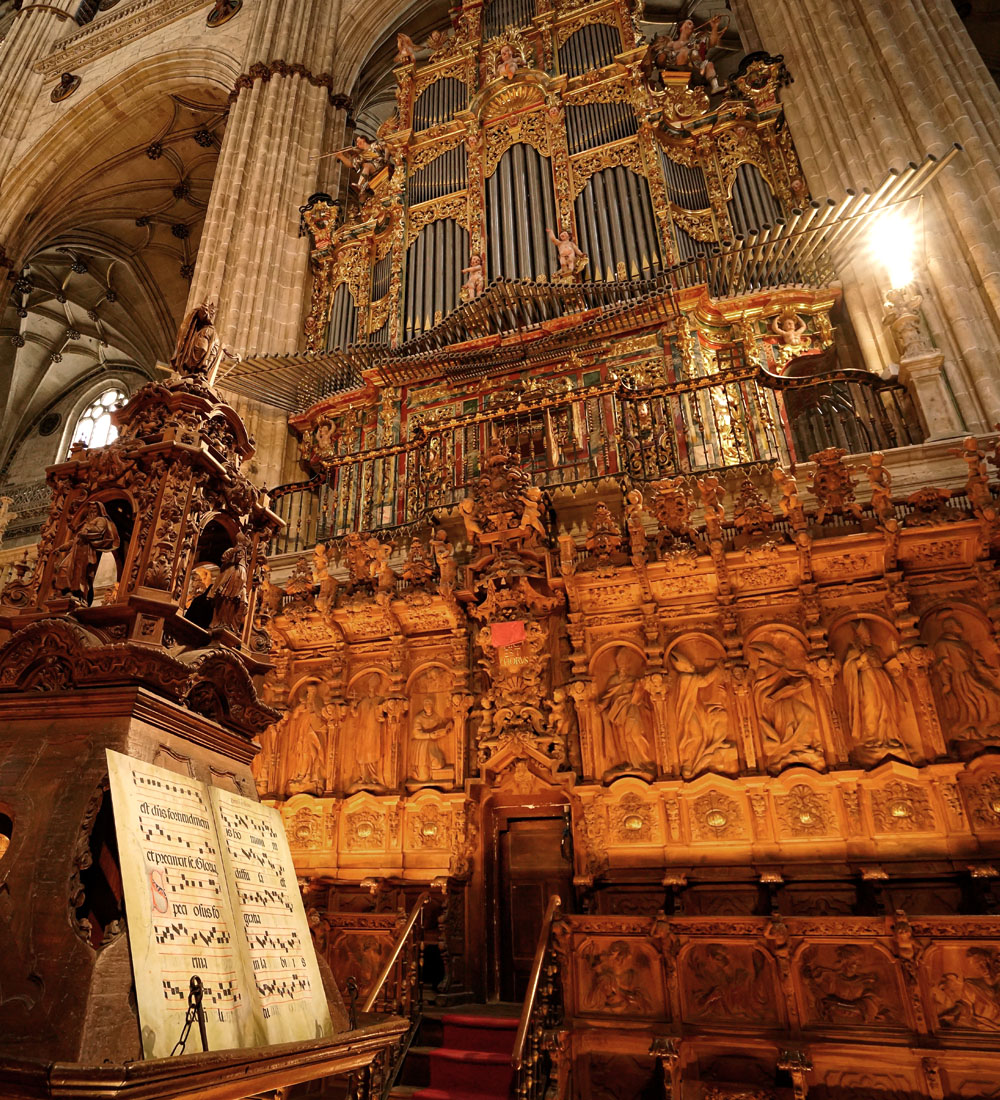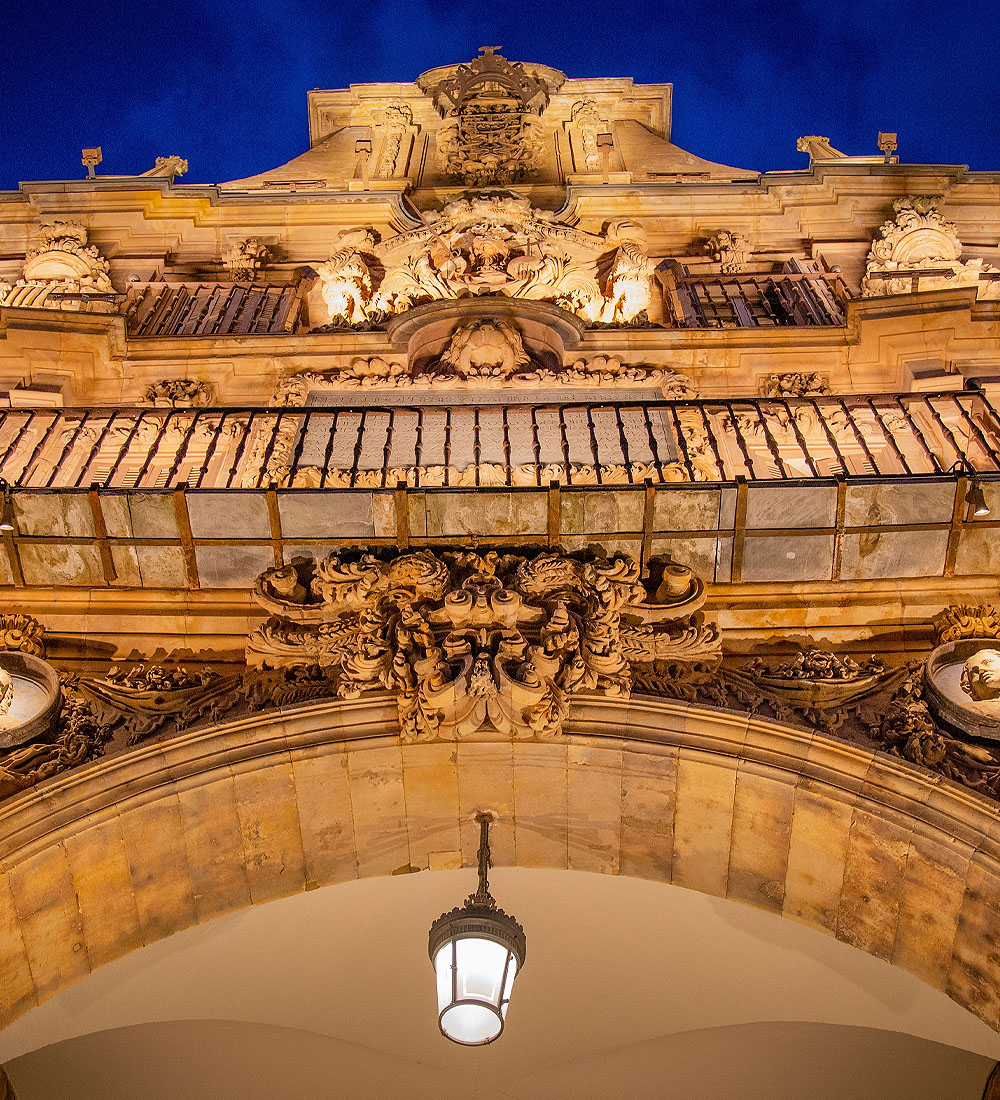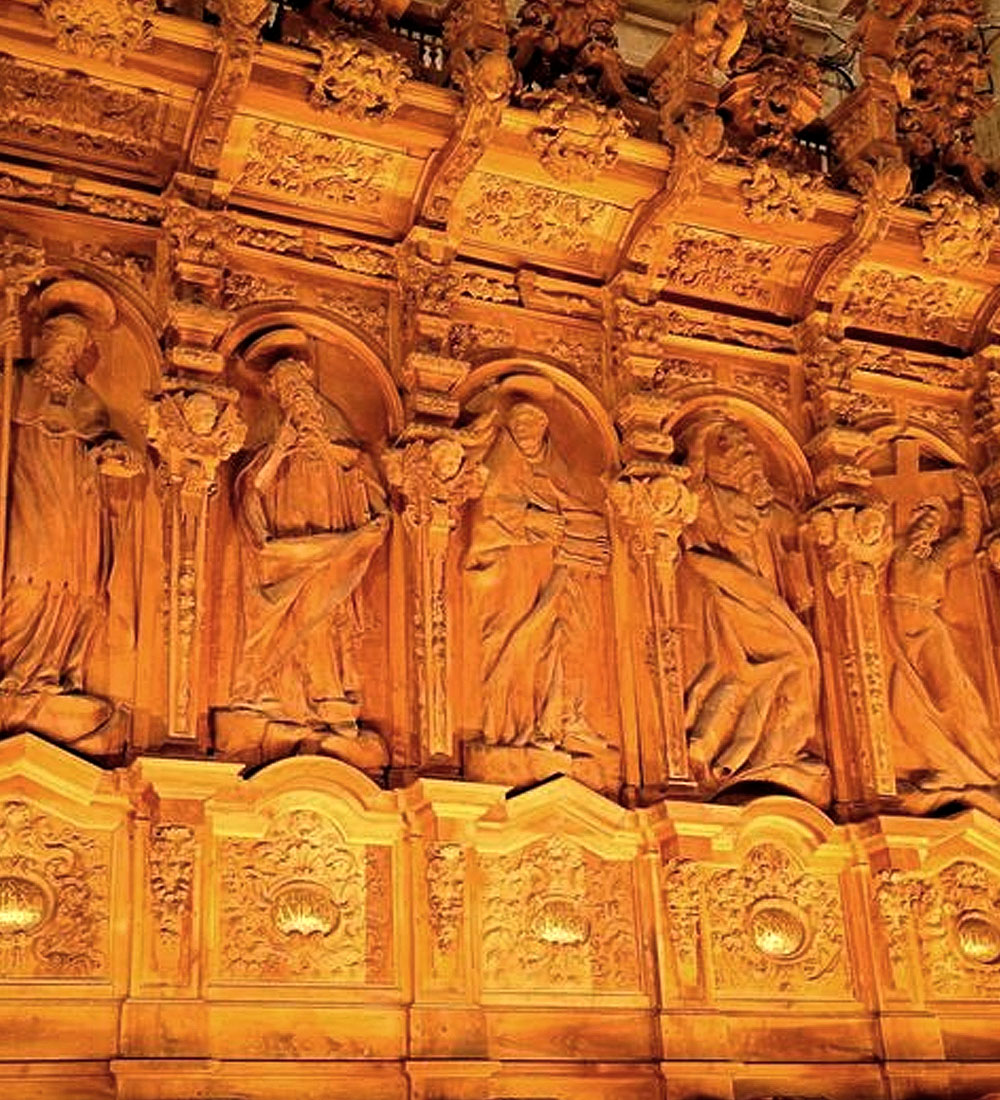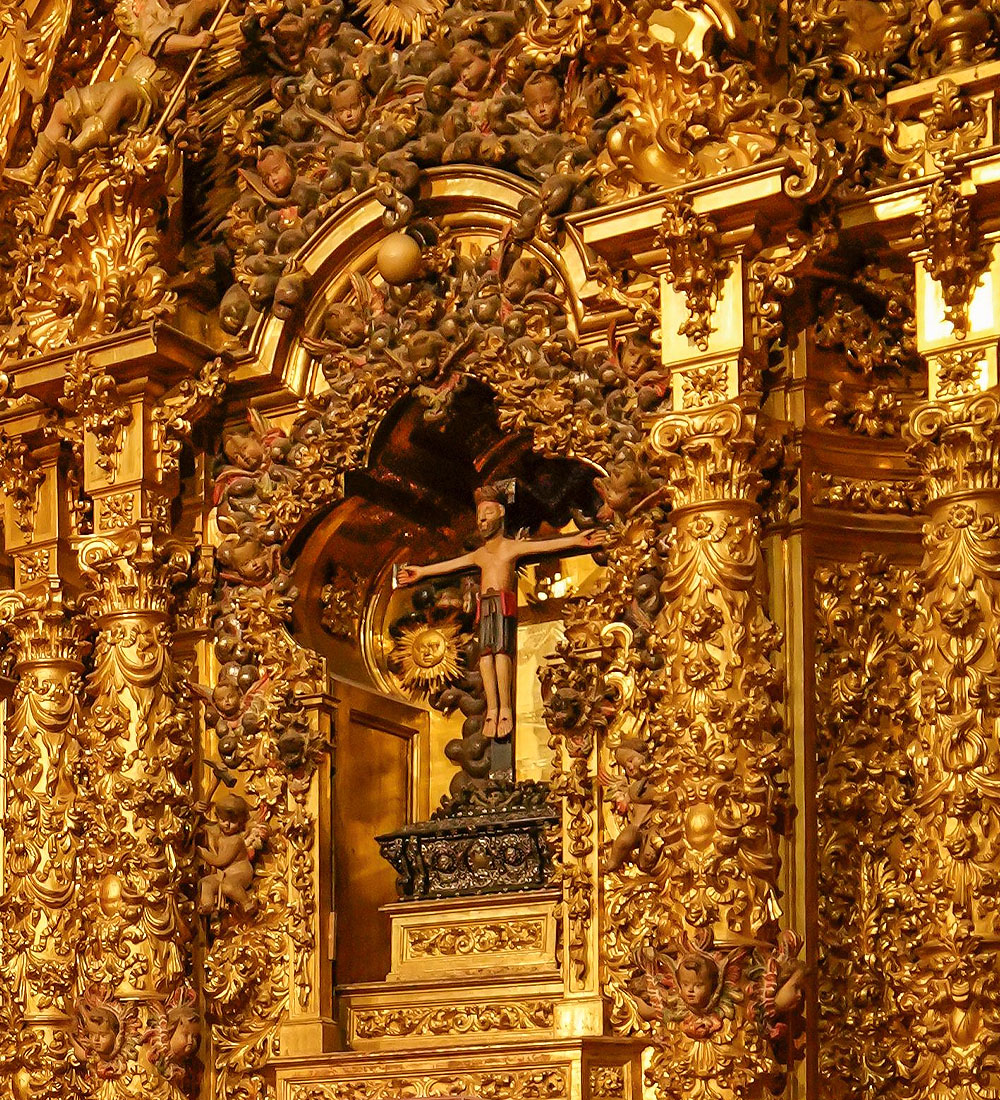CONSTELLATION OF BAROQUE
ALTARPIECES IN SALAMANCA_
In the beating heart of Salamanca, each church and chapel with its baroque altarpieces stands not only as a testament to the religious and artistic fervor of its time but also as stars in an aesthetic constellation that extends over the city. These structures, magnificent in their ornamentation and rich in history, seem to be randomly scattered, but together they form a pattern that guides us through a narrative built in gold, marble, and carved wood.
Just as ancient navigators used the stars to orient themselves and find their way, dear visitor to Salamanca, you can let yourself be guided by this baroque constellation, exploring not only the physical beauty of each altarpiece but also discovering the invisible connections that unite these points on a stellar map of devotion and art. In this exploration, each church and chapel becomes a stop on a journey through time and spirituality, revealing how even in geographical dispersion there is an order and design that, when discovered, reveals something much deeper about the place and about ourselves.
WHAT IS AN ALTARPIECE?
An altarpiece is a liturgical piece of furniture arranged behind the altar table. They are carved works of art in immense settings where effigies of sacred figures, representations of gospel scenes, or moments from the life of Christ or the saints are arranged.
SALAMANCA
AND THE BAROQUE_
The Baroque is an artistic and architectural style that developed in Europe during the 17th and 18th centuries, characterized by its exuberance, dynamism, and drama. In Spain, the Baroque adopted particularly ornate and elaborate forms, influencing various aspects of the country’s cultural and artistic life.
Salamanca, one of the most beautiful cities in the world, was recognized as a World Heritage City by UNESCO on December 9, 1988. This distinction is due, in large part, to its exceptional architectural and cultural heritage, in which the Baroque style plays a fundamental role.
Among the factors that contributed to UNESCO’s recognition, the influence of the Churriguera family of architects stands out, whose Baroque legacy left an indelible mark on the city.
THE LEGACY OF THE
CHURRIGUERA FAMILY_
The Churriguera family played a crucial role in spreading the Baroque style in Salamanca. Its members stood out as architects and sculptors, significantly contributing to the urban landscape of the city.
PLAN DE SOSTENIBILIDAD TURÍSTICA DE SALAMANCA







